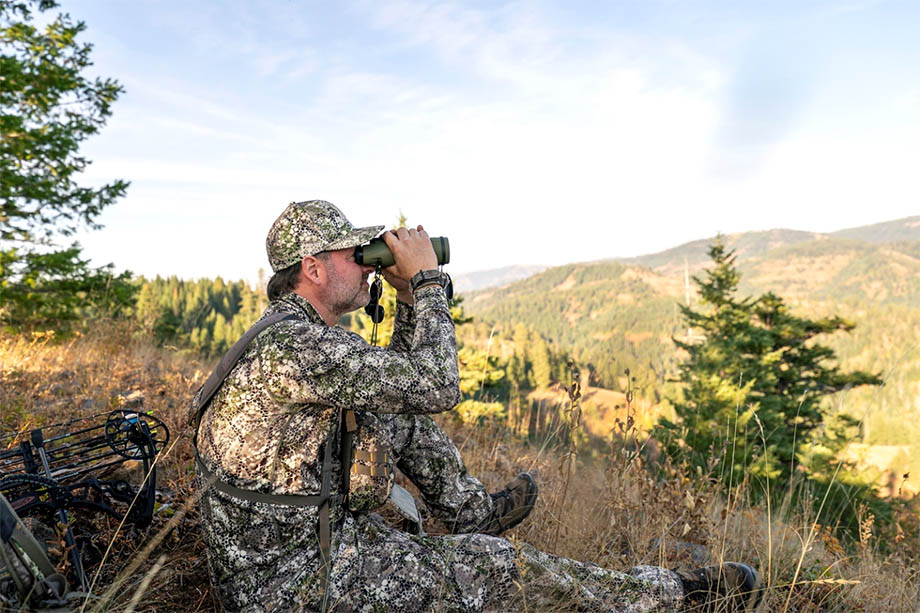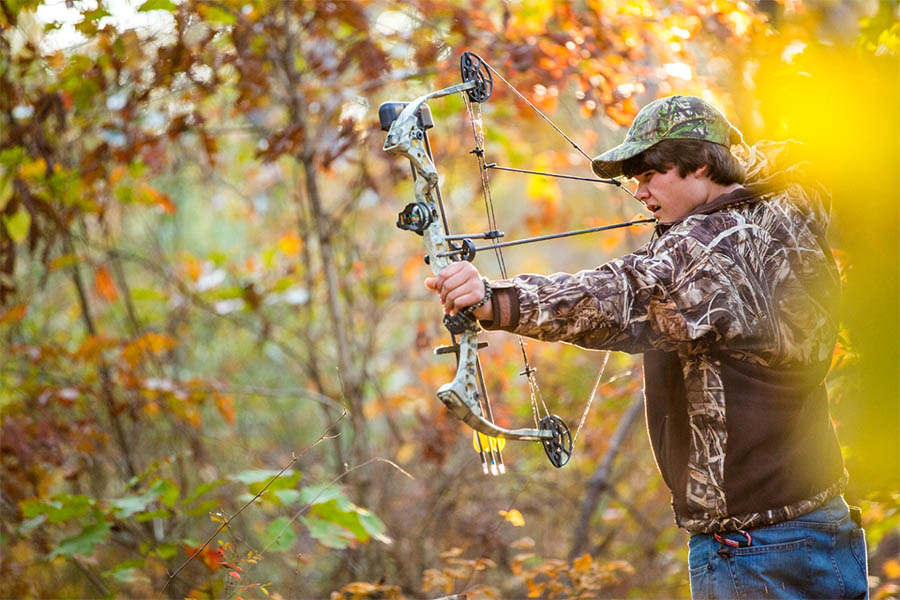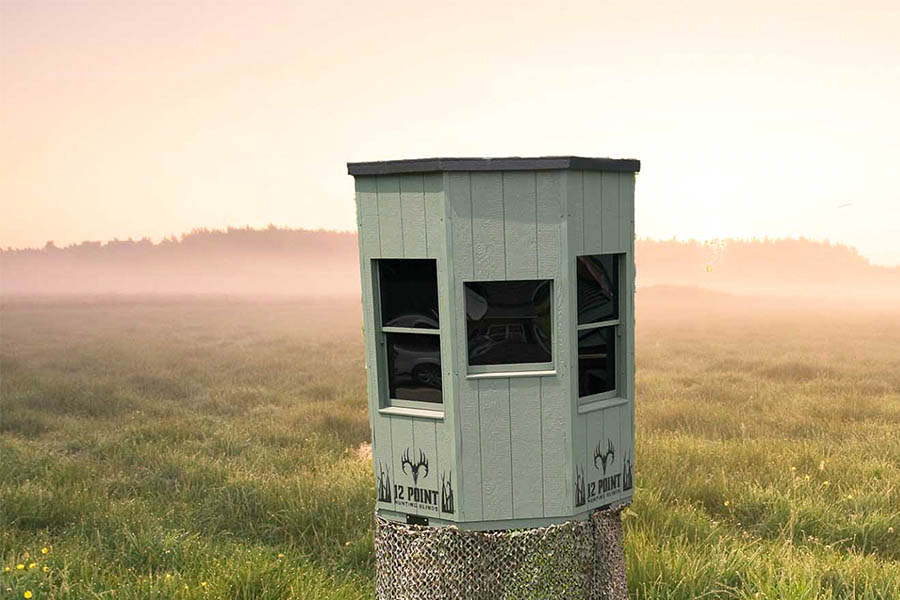When Should Hunters Use Calls?
Knowing when to use animal hunting calls to draw in your target species is an essential part of hunting. However, it is also an aspect of hunting that many hunters struggle to use effectively, many hunters call too much, too little, or are using game animal calls that do not mimic the prey that they are hunting in a convincing way. Like all aspects of hunting, calling in game is a true art form and a skill that is learned over time.
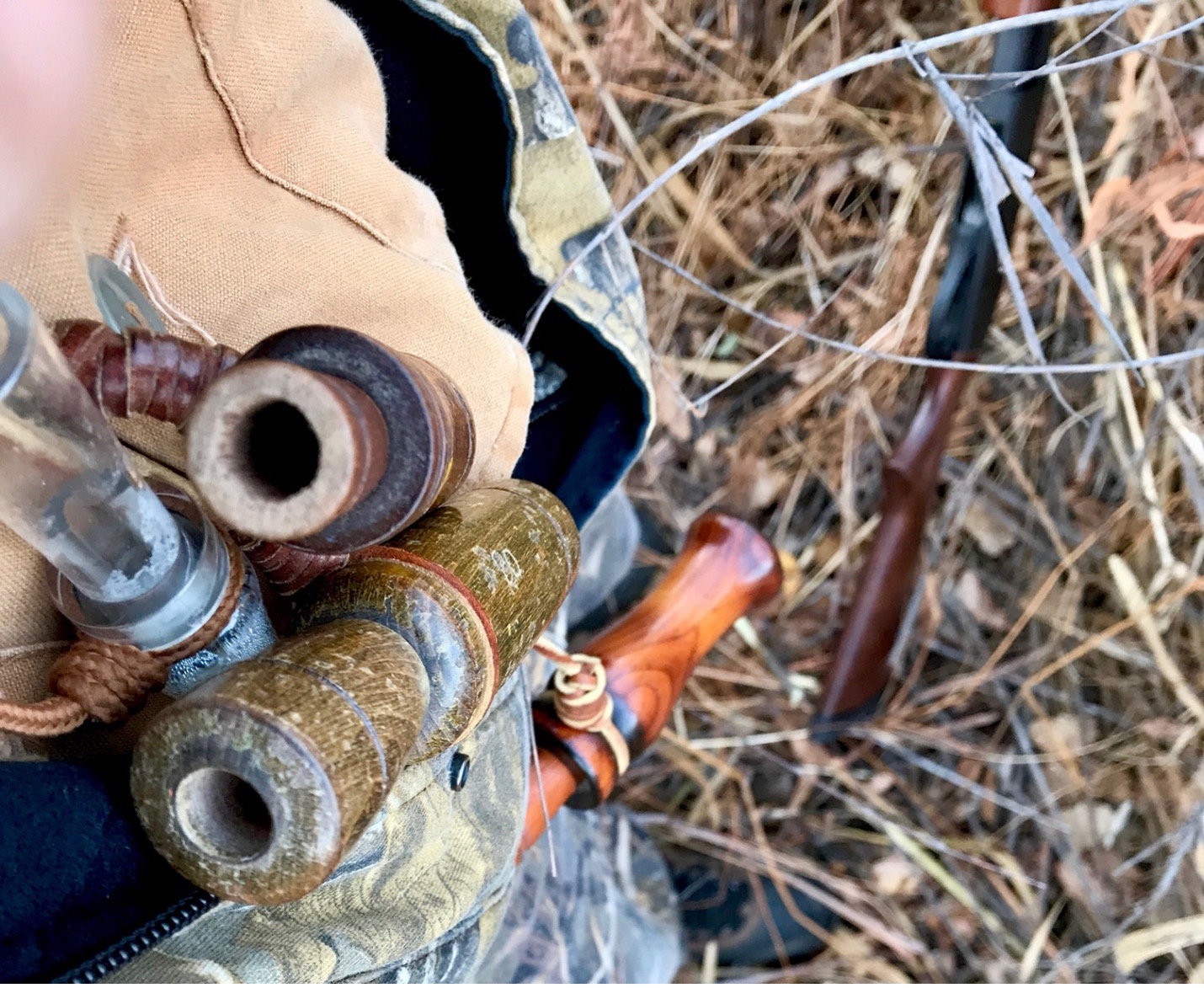
Fortunately for hunters, there are many strategies available when it comes to calling that can produce a successful hunt. Knowing and understanding which species respond to calls, which seasons to use calls, how to use calls effectively, and most importantly, understanding when not to call are all components of a successful calling strategy. Whatever strategy you use it is important to perfect your calling technique as well to ensure that you are making realistic sounds, it is hard to get a deer to come close to your tree stand with an artificial-sounding call.
Successfully calling in game doesn’t have to be difficult or a mystery, by thinking ahead about how your game species acts you can use calling with great success. Here are some of the techniques and considerations when developing a calling strategy.
Know Which Species Respond to Calls
Not all species will respond to calling techniques at all times of the year. Some of the species that are most responsive to calls include:
- Turkeys – turkeys are notoriously difficult animals to hunt but they can be called in using a turkey hunting call that mimics a turkey’s position call, the noise that turkeys make to alert other turkeys that they are nearby. By perfecting this call nearby turkeys will believe that you are a friendly animal, one of the group, and will likely come in closer.
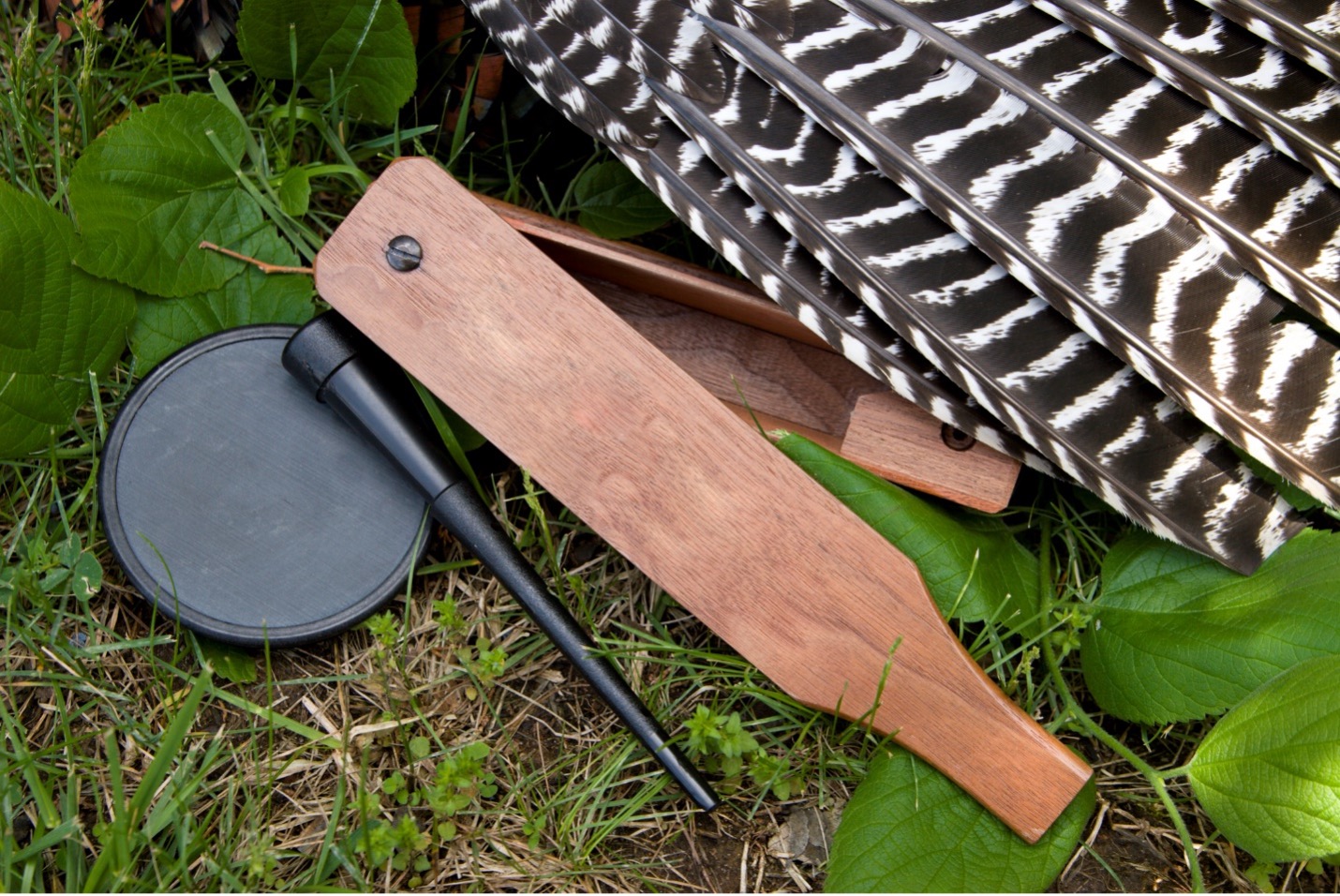
- Deer and Elk – during the rut deer and elk are very responsive to mating calls. Whether hunting males or females, you can find success by mimicking other deer. It is also popular, during the rut, to rattle antlers and copy the sound of battling bucks or bulls to draw in a male looking for a fight. While deer and elk are typically most vocal during the rut, it is possible to use elk and deer hunting calls year-round where legal.
- Predators – predators of all species, including wolves, coyotes, and bobcats can be called in by using distress calls. With these predator hunting calls you are copying the sound of an injured prey animal, be it a hare, squirrel, or even a squealing pig, the idea here is to make it sound like there could be an easy meal.
- Waterfowl – ducks and geese will certainly give you a look if you are a proficient caller. The problem for many hunters is that they use the call too much with these animals and end up scaring them off. Less is more with waterfowl hunting calls, there are some days when you may not need to call at all.
Although many species will respond to your calls, there is also a handful that will not. Most smaller prey animals, like rabbits, squirrels, and upland birds like pheasants, will not respond to calls. It is also harder to call in some animals at different seasons of hunting.
Know Which Seasons to Use Calls
For animals like waterfowl and predators, you can call at any point during the year and they will respond. This is because they are using calls to locate a flock or to find food, which is different from other types of game.
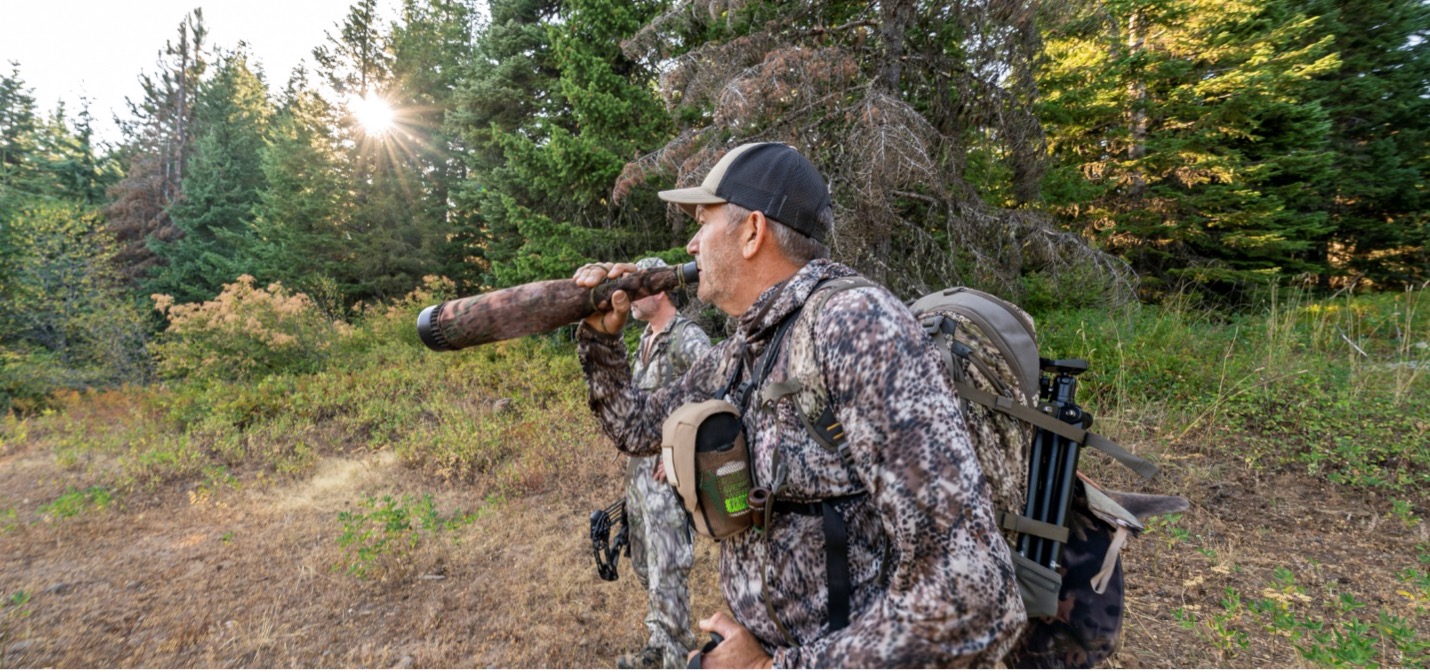
For elk, deer, and other animals that you may hunt during mating season, it may only be a good idea to call during the actual rut. Typically, this is when the vast majority of calls are made and for good reason. The animals are trying to find a mate! However, when mating ends, the animals tend to lessen their noise levels to avoid predators or hunters. It can be beneficial, however, to carry a cow or doe call along in later seasons as the females will be calling year-round, and both male and female animals will be attracted to the female call.
The key when using game animal calls is to weigh the benefit of calling versus the risk of making a bad call and spooking animals in the area. For many hunters, this means simply not using a call at all and relying on staying still and in one location and waiting for the species of interest to pass through. Knowing when not to call is possibly the most important skill to master when learning how to call in animals.
When Not to Use Calls
For as much literature as there is on using calls effectively, there isn’t much information on not using calls. As with the tips for when to call, the tips for when not to call also revolve around species type and season. In the rut for deer or elk, it may be appropriate to call out loud and proud many times throughout the hunt. However, when hunting in early season or later seasons that type of call will just spook already pressured deer and elk away. For these times, it is a better strategy to reduce the pressure on the deer by not calling unless it is a last resort, for example, when you see a deer walking away from you.
When it comes to waterfowl it is a little bit different, because you are hunting an animal with a birds-eye view, it is important to remain as hidden and stealthy as possible.
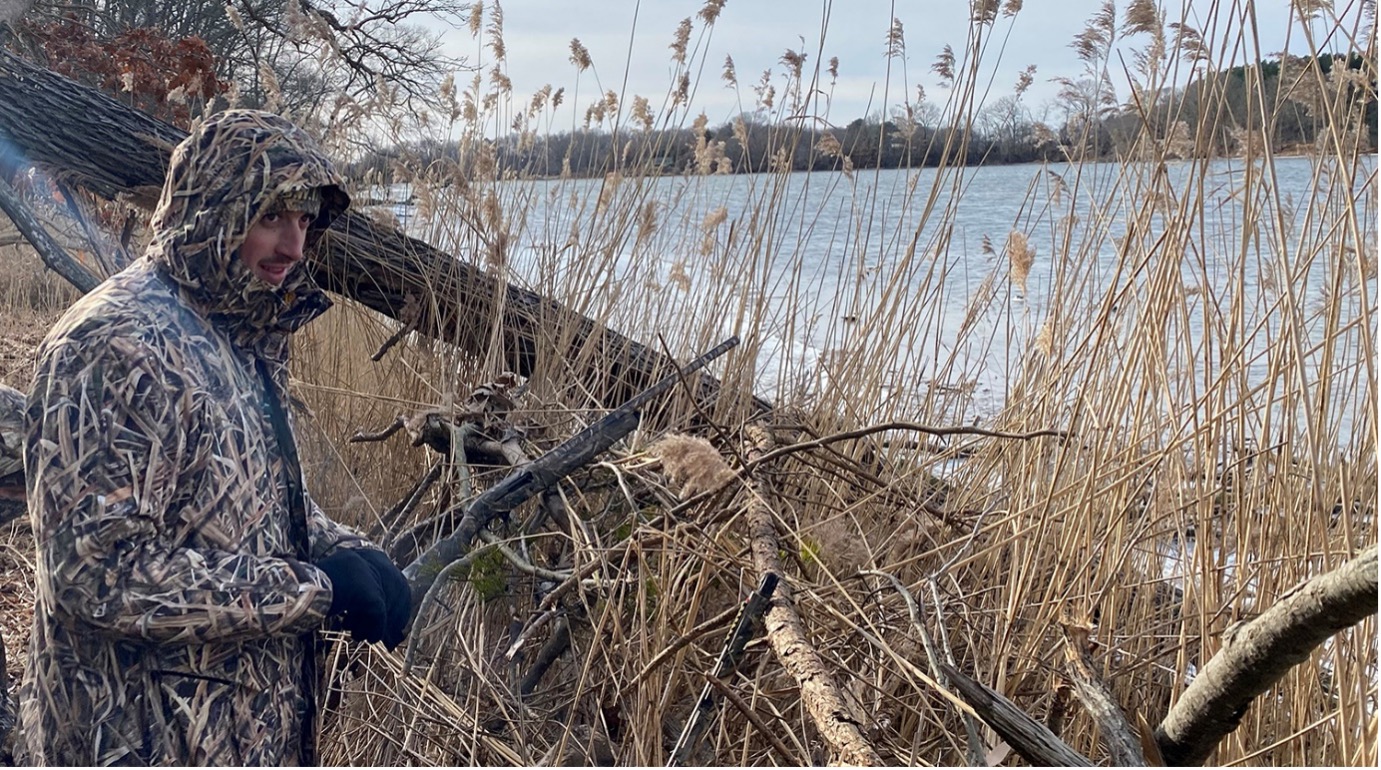
Rarely, if ever, do you want to call out more than a few times, it just isn’t worth the risk. Anytime that you call during a duck or goose hunt, you draw the animals’ attention right on your spread, but also right onto your blind. This can cause birds that may ordinarily decoy in, to flare off and find a new spot to land. It is better to let your blind and decoys do the work when hunting waterfowl.
As with deer, there are exceptions and times when you should be calling, this is true when you may have a single duck or goose that is flying overhead, or to get the attention of birds that may be flying by in the distance. At these times, giving a honk or two will suffice to get the bird turned back towards your blind to give you a shot.
Shop for Hunting Blinds Online – CLICK HERE
How to Use Calls Effectively
No matter what type of animal you are hunting it is important to learn how to use your calls effectively. This means understanding how the animals in the area are calling and mimicking them. Much of this is done locally, deer in Pennsylvania may have different calling patterns than deer in Colorado. With a little scouting, you can listen to how the local deer are calling and copy them.
Generally speaking, when calling, less is more. A well-placed call can be used to bring a sauntering animal back towards your tree stand, or to redirect a group of geese to the blind, but overdoing it is likely to make animals suspicious and can cause them to flee.
When you do call, make sure that you have practiced your calling technique and are able to actually use the call effectively. Many calls are simple, however, there are calls that require practice at home before you are able to proficiently use the call in the field. By practicing and perfecting your call you can ensure that you are able to match what the animals are doing on your hunt.
Wrapping Up
Mastering the art of calling is something that many hunters attempt to do but few succeed. By thinking about how the species you are hunting responds to your calls, the season that you are hunting in, learning when not to call, and how to effectively use calls, you can certainly be successful in calling in animals.
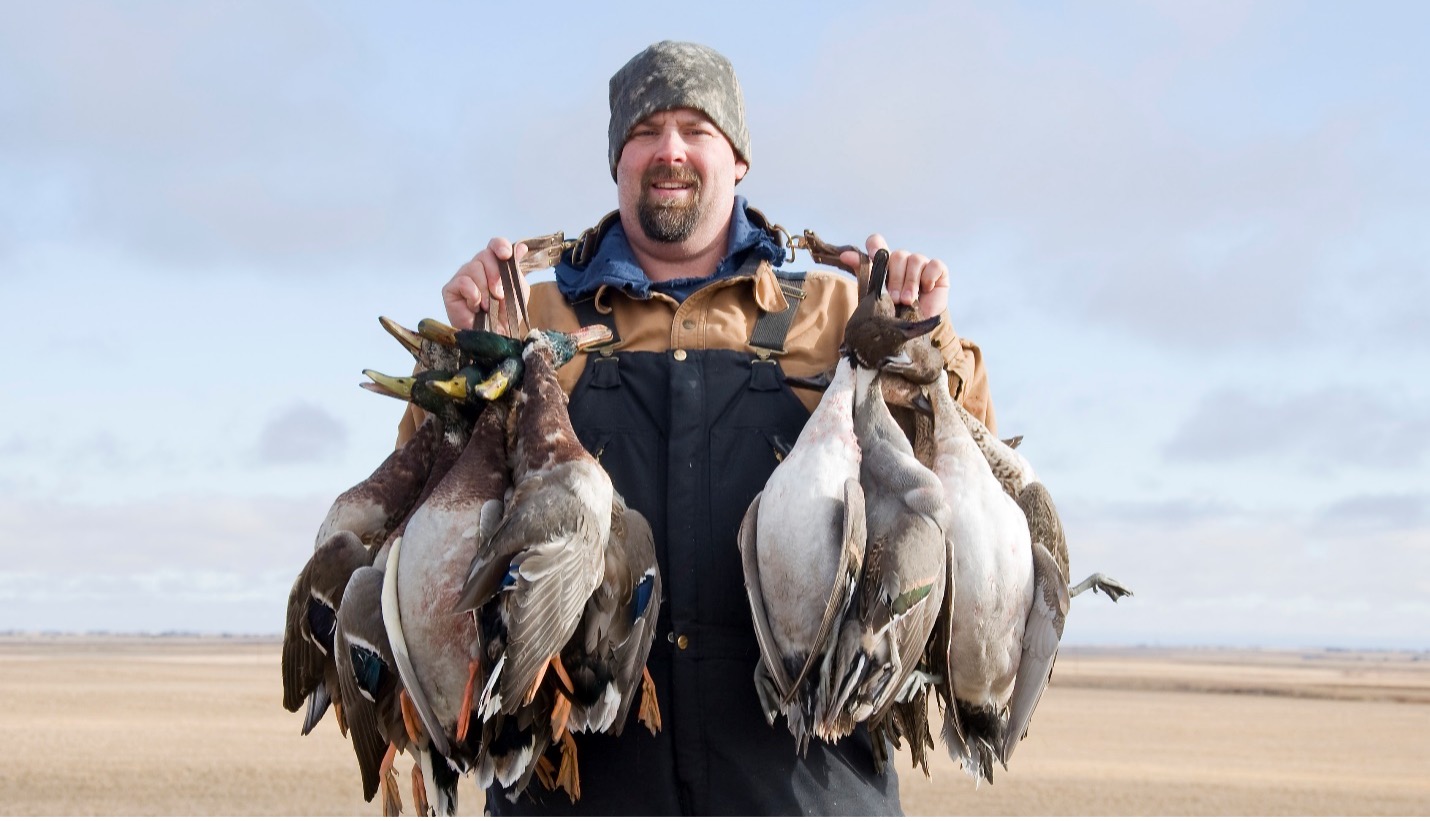
Of course, it all depends on where you hunt and your conditions locally. It can pay huge dividends to chat with other local hunters and see how they are using calls their advantage. You also can take some time and observe how the local animals are behaving, if deer are very vocal in the morning, you should be too, and if they are quiet or only calling infrequently, you should as well. In doing so you can improve your chances of filling your freezer with meat this winter.



